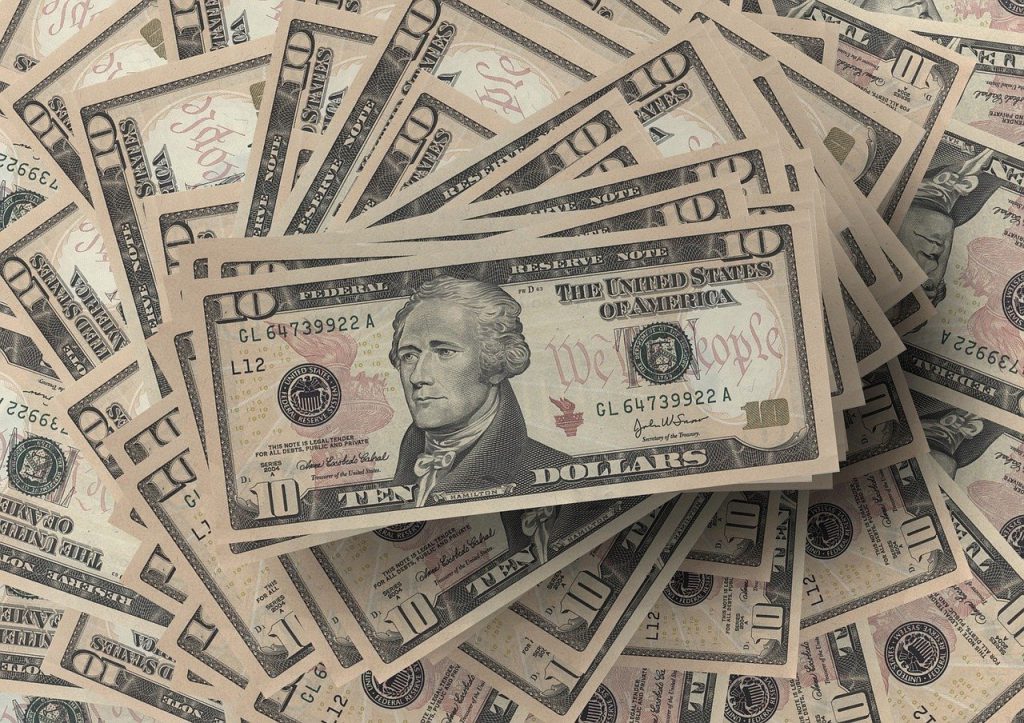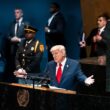Inflation in the U.S. dramatically grew to 6.5% last year and the Feds initiated interest rate hikes to cool the economy. The housing market was the hardest hit as interest rates shot up drastically making it unaffordable for first-time buyers. However, despite multiple efforts, inflation in the U.S. currently stands at 3.4% and is unable to fall below the 2% level, which is considered normal. While the U.S. economy is grappling with inflation, the BRICS alliance is looking to cut ties with the dollar.
Also Read: BRICS Pays $4,000,000,000 in Local Currency, Sidelines US Dollar
The development adds pressure on the U.S. economy as it battles inflation on one side and BRICS’ de-dollarization initiative on the other. The situation in the homeland and abroad remains complex as U.S. foreign policies are hurting the economies of many developing countries. The move has made BRICS kick-start the de-dollarization agenda and strengthen their local currencies in the global market.
If BRICS ditches the dollar for transactions, the U.S. economy could face hyperinflation as the currency will return to America. Read here to know how many sectors in the U.S. will be impacted if BRICS ditches the dollar for trade.
Also Read: BRICS: China Dumps The Largest US Treasuries in History
BRICS: The U.S. Government Is Responsible For Inflation, Says Top Economist


Leading American economist Peter Schiff directly accused the U.S. government of causing inflation in the country. Schiff particularly blamed the Federal Reserve and other government branches that are involved in printing trillions of dollars. He explained that rising salaries don’t cause inflation but the U.S. government’s reckless policies paved the way for price rise. BRICS is looking to move away from the U.S. economy due to inflation concerns and China recently dumped $522 billion worth of treasuries.
Also Read: BRICS: IMF Confirms US Dollar Is in Jeopardy
“Rising salaries don’t cause inflation,” tweeted Schiff. “Inflation can result in higher nominal salaries. Inflation has only one source. The government, which includes the Fed,” he wrote.





